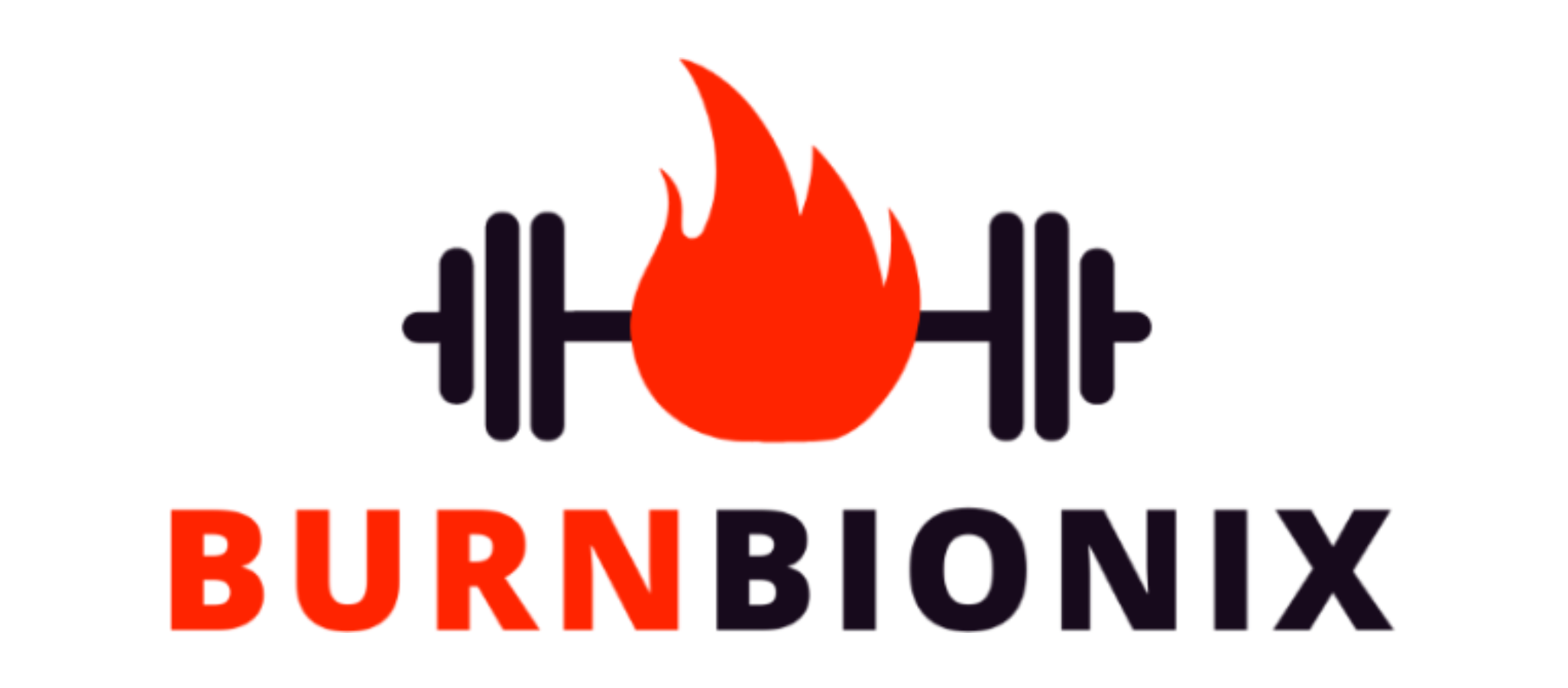When it comes to weightlifting, perfect weight lifting form is everything. If your form is off, even slightly, you risk injury and limiting your potential gains. Proper form engages the right muscles, protects your joints, and allows you to lift heavier weights safely. While it may seem like common sense, perfect form takes focus, practice, and an understanding of proper technique for each exercise.
In this article, we’ll break down the key tips to help you perfect your form in the weight room. With the right knowledge, cues, and practice, you’ll be lifting heavier and seeing results faster while staying injury-free.
Understanding the Basics
The Right Weight
Choosing the appropriate amount of weight for each exercise is critical. Select a weight that allows you to complete all reps while maintaining proper form.
Full Range Motion
Execute every exercise through its complete range of motion for full muscle development. Lower until you reach 90 degree joints or a full muscle stretch, then lift back to the start position.
Importance of Warm-Up
Warm up for 5-10 minutes before lifting to increase blood flow to muscles and joints, reducing injury risk and allowing you to lift heavier weights.
Starting with Basic Movements
When starting out, focus on basic compound exercises like squats, deadlifts and presses that use multiple large muscle groups together. Master form on simpler movements before adding weight or doing more complex exercises. Concentrate on feeling the target muscles working, not using momentum or swinging the weights. Proper form is key before piling on more plates.
Perfecting the Technique
No Swinging Movements
Avoid using momentum or swinging weights around. This engages the wrong muscles and can lead to injury. Focus on proper technique, lifting slowly and deliberately contracting the target muscles to move the weight. This builds more strength and muscle than swinging recklessly.
Proper Breathing
Breathe out as you exert force, like pushing weights up from your chest or driving through heels on a squat. Don’t hold your breath. Inhale on the easier part of the lift, like lowering the weights or coming out of the squat. Exhaling on exertion and inhaling on release maximizes intra-abdominal pressure and engages your core for better stability.
Slow and Controlled Lifting
Lift slowly and with control. Explosive, fast reps can throw off form and put excess strain on joints and connective tissue. Aim for 2-3 second eccentrics – lowering weights slowly with muscles under tension – and 1-2 second concentrics – lifting back up. This forces muscles to work harder and maximizes strength and hypertrophy gains. Slow, strict form also reduces injury risk.
Posture Maintenance
Maintain good posture and body position throughout every lift. Keep your chest up, engage your core, and avoid rounding your back or shoulders. Allowing posture to collapse undermines proper muscle recruitment necessary for good weight lifting form. Stay tall with a neutral spine and resist letting the weights pull you out of ideal alignment. Poor posture under load is a recipe for injury. Keep core braced, chest lifted, and correct any posture deviations as soon as they start.
Recognizing and Addressing Issues
Rest and Muscle Fatigue
Working muscles to the point of fatigue is key for growth. But then allow 48-72 hours before training that muscle group again. Muscles grow during rest, not just workout. Don’t cut recovery periods short or overtrain. Listen when your body says it needs a break.
Pain Awareness
Some muscle soreness and burn is expected, but sharp joint pain or shooting sensations are warning signs. Temporary muscle fatigue pain should subside after a few days. Consistent or worsening pain may indicate injury. Stop any exercise that causes joint pain or impingement. Minor muscle soreness can be worked through carefully with lighter weights. But let severe, stabbing, or radiating pain be a red flag to stop and get checked out. Don’t try to push through sharp joint or nerve pain. Address your form or seek medical guidance. Some discomfort is normal at first, but serious pain is your body saying something is very wrong.
Final Thoughts
Perfect form is essential to get the most out of weight lifting safely. Choose the right weight, move through full range of motion, warm up properly, start with basic compound lifts, breathe correctly, lift slowly and with control, and maintain proper posture. Work muscles to fatigue then allow proper rest between sessions. Distinguish between muscle burn and more serious pain. With focus, practice, and an understanding of proper technique for each exercise, you can lift heavier weights, target the right muscles, accelerate results and avoid injury. Prioritize form, be patient with yourself, and keep these tips in mind on your journey to get stronger!









